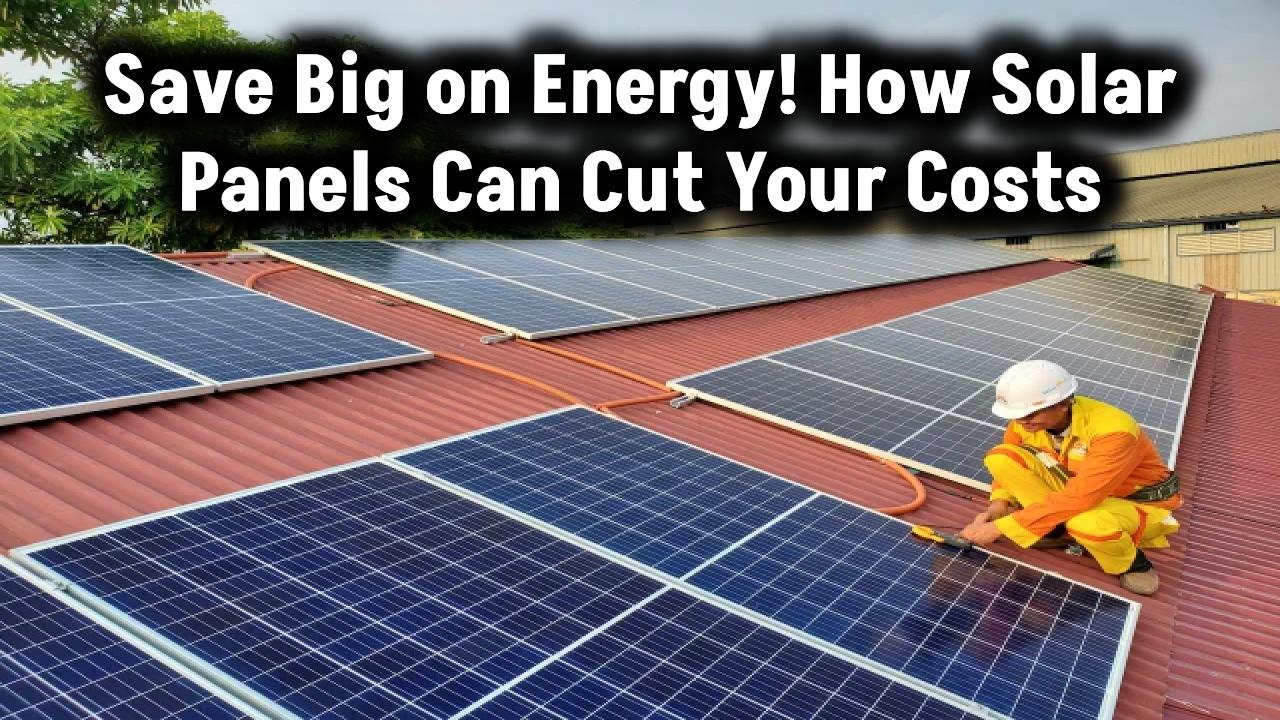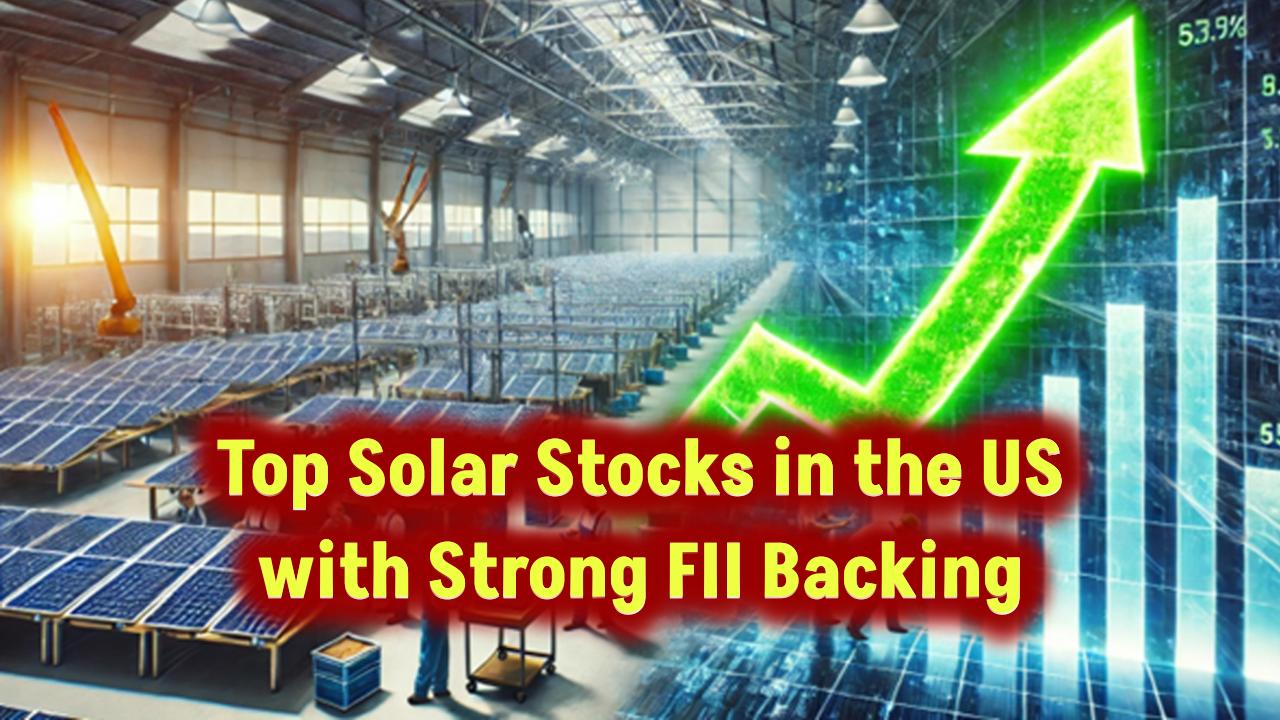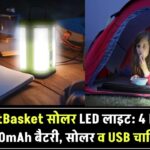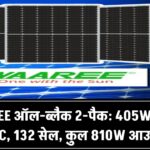
When it comes to renewable energy, few questions spark as much debate as: “USA vs China – which country makes better solar panels?” With the global solar industry growing at record speed and governments racing to meet clean energy goals, the stakes are high. Both the United States and China are massive players in this arena, but their approach, technology, and market priorities differ significantly.
In this article, we’ll explore the key differences between Chinese and American solar panels. We’ll compare costs, efficiency, environmental impact, and manufacturing practices, and provide real-world insights to help you make the best choice for your home, business, or policy perspective.
China’s Solar Manufacturing Dominance
Global Leader in Volume and Cost
China controls over 80% of the world’s solar panel supply chain, according to the International Energy Agency. Chinese manufacturers like LONGi, JinkoSolar, and Trina Solar produce panels that are highly efficient and available at very competitive prices. This scale gives China an undeniable economic edge.
In 2025, the average cost per watt of a Chinese-made panel is between $0.10 and $0.12, while U.S.-made panels often start at $0.25 or higher. These cost savings stem from:
- Government subsidies
- Economies of scale
- Vertical integration
- Lower labor costs
High Efficiency, Advanced Tech
China isn’t just winning on price. Its panels are also among the most efficient. For example, LONGi’s Hi-MO 9 module boasts 24.8% efficiency – one of the highest commercially available. Chinese manufacturers are also leaders in TOPCon and heterojunction technology, which are becoming industry standards.
Environmental Concerns
However, China’s solar dominance comes at a cost. Much of its manufacturing relies on coal-powered electricity. The result is a higher carbon footprint per panel compared to U.S. panels. This is especially concerning given the environmental goals of solar adoption.
A 2022 IEA report noted that solar panels made in China can have up to 40% more lifecycle emissions than those produced using clean power.
How U.S. Solar Panels Compete
Cleaner, Sustainable Manufacturing
U.S. companies like First Solar and Qcells (USA) are investing in clean energy-powered manufacturing and closed-loop recycling. For instance, First Solar uses cadmium telluride thin-film technology, which has a lower carbon footprint than traditional crystalline silicon.
First Solar’s modules are also EPEAT-certified, meaning they meet strict environmental standards in production and disposal.
Job Creation and Domestic Value
Investing in American-made panels supports domestic jobs and reduces reliance on foreign supply chains. The Inflation Reduction Act (IRA) offers up to 40% in tax credits for solar projects that meet domestic content requirements.
By choosing U.S.-made panels, customers may qualify for bonus credits while helping grow a more resilient clean energy economy.
Premium Price, Premium Benefits
While U.S.-made panels are typically more expensive, the added cost goes toward:
- Higher environmental standards
- Labor protections
- Innovative recycling programs
- Increased system reliability
Trade Policy and the Global Solar Game
Tariffs and Import Regulations
The U.S. has imposed tariffs on Chinese solar products since 2012, aiming to protect domestic manufacturing. While effective in curbing direct imports, many Chinese firms have shifted production to Southeast Asia to circumvent tariffs.
According to AP News, these tariff evasions have become a hot topic in trade discussions and could impact pricing and availability of panels in future years.
The Rise of “Friendshoring”
The U.S. is encouraging solar production in friendly nations like India, Mexico, and Vietnam. This strategy, known as friendshoring, aims to diversify solar supply chains without depending heavily on China.
Long-Term Innovation
R&D Investments
The U.S. Department of Energy is investing billions in solar innovation under programs like SunShot 2030, aiming to reduce solar costs while boosting domestic output.
China is also heavily funding R&D, especially in perovskite and bifacial solar panel technologies. However, U.S. labs like NREL (National Renewable Energy Laboratory) continue to lead in basic research and materials testing.
AI and Automation
Both nations are deploying AI-driven manufacturing to improve efficiency and reduce defects. The race is on to make solar not only cheaper and cleaner but smarter.
Which Panels Are Right for You?
If Budget Is the Priority
Go with Chinese-manufactured panels if your main concern is lowest upfront cost. Many reputable installers offer JinkoSolar or LONGi panels with warranties and reliable performance.
If Sustainability and Local Impact Matter
Choose U.S.-made panels like those from First Solar, Qcells USA, or Mission Solar. Not only will you reduce your carbon footprint, but you may also qualify for higher tax credits and support local jobs.
Balanced Options
Panels from companies with international footprints but U.S. production, such as Qcells, offer a nice balance between cost, performance, and sustainability.
Real-World Example
The Lopez Family (California)
They chose LONGi panels for their home due to the lower cost and 25-year warranty. Their total system cost was $14,000 before incentives, and they expect to break even in 7 years.
The Patel Family (Texas)
Opted for Qcells USA to support U.S. manufacturing and qualify for the domestic content bonus. Their cost was $18,500 before incentives, but they received 40% back in tax credits, improving ROI.
Both families are happy with their decision – and their electric bills are down 85%.
FAQs
Q1: Are Chinese solar panels reliable?
Yes. Brands like LONGi and JinkoSolar are globally respected for performance and durability. Just ensure you work with a certified installer.
Q2: Why are U.S.-made panels more expensive?
U.S. labor, environmental compliance, and supply chain limitations add to cost. However, buyers may benefit from tax credits and better environmental practices.
Q3: Can I mix Chinese and American panels?
Yes, technically. But it’s best to stick to one brand for uniform performance and warranty purposes.
Q4: What are the most sustainable solar panels?
First Solar is known for low-carbon, fully recyclable panels. SunPower also offers premium sustainable options.








